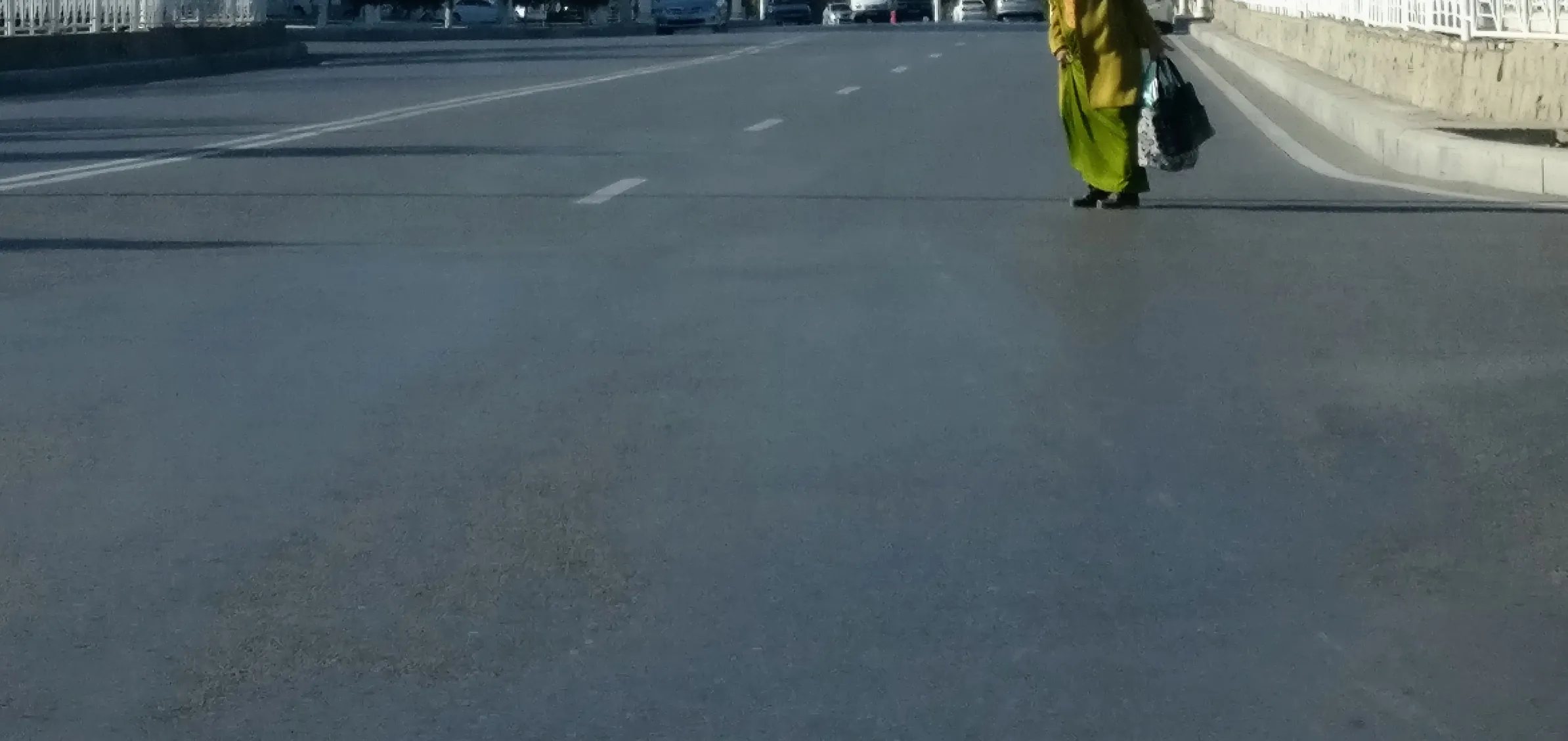Turkmenistan
Earth of Legends and Mysteries
Top Experiences in Turkmenistan
Top Sights in Turkmenistan
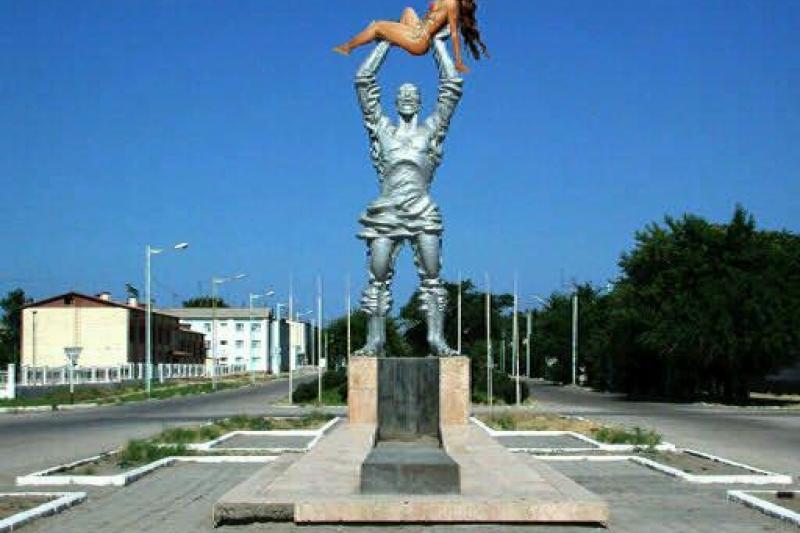
Balkanabat Airport
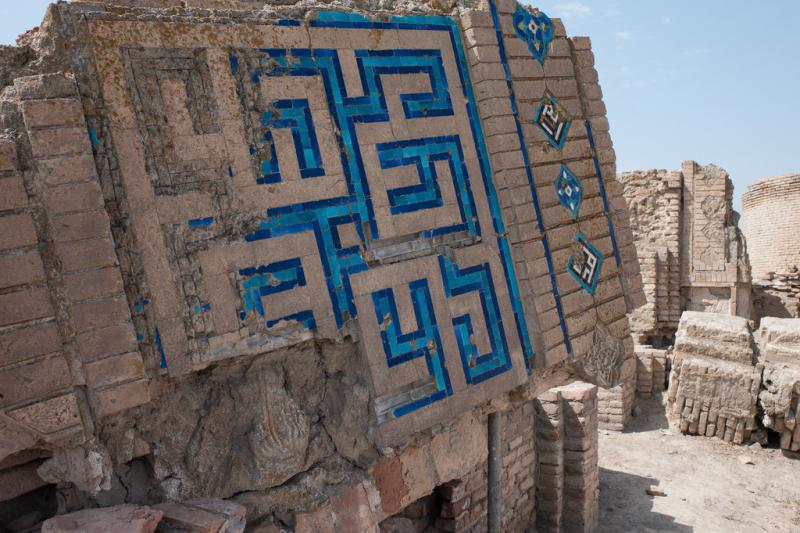
Anau
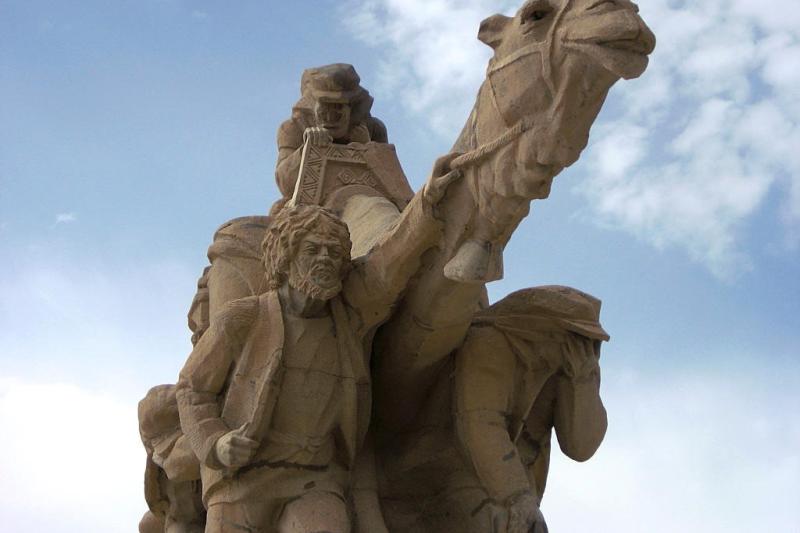
Balkanabat
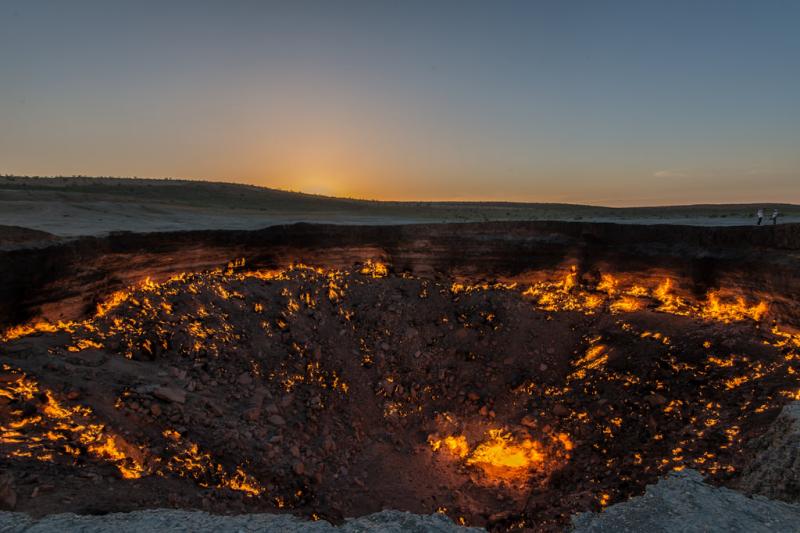
Dashoguz
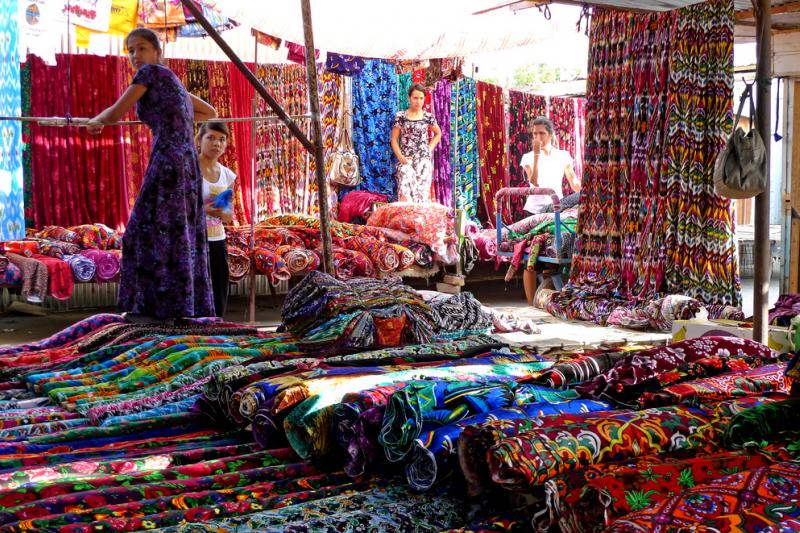
Türkmenabat
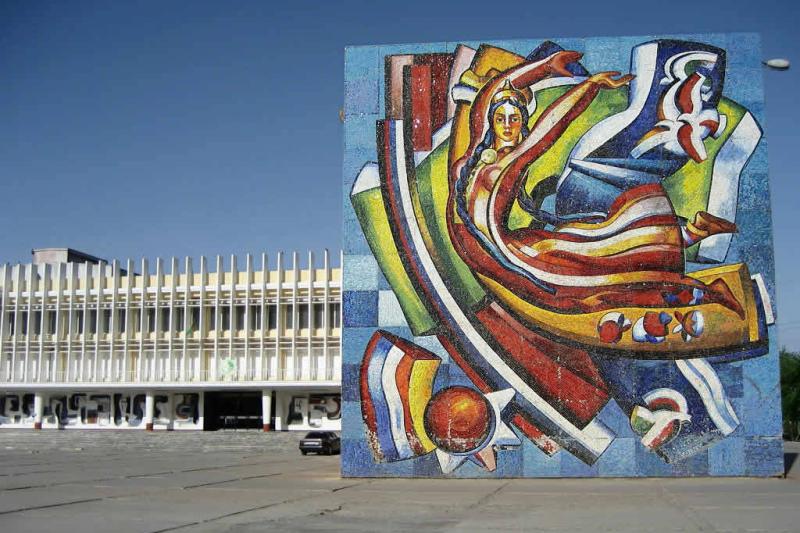
Mary
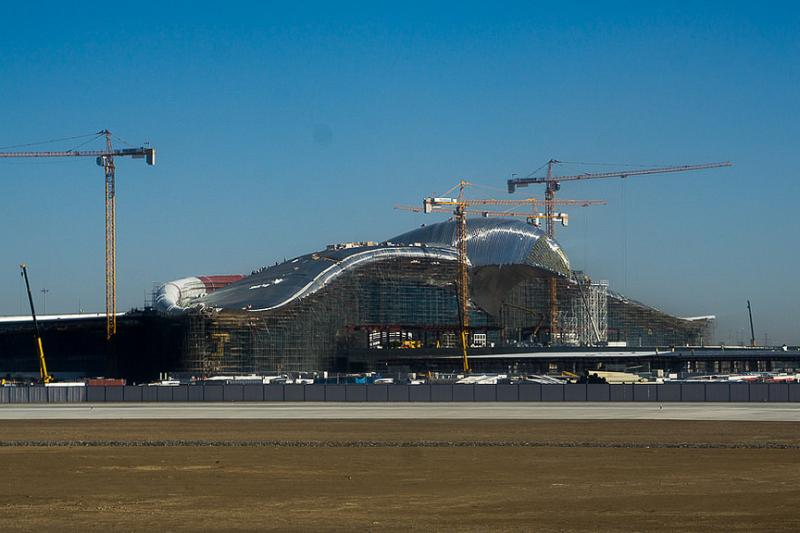
Ashgabat International Airport
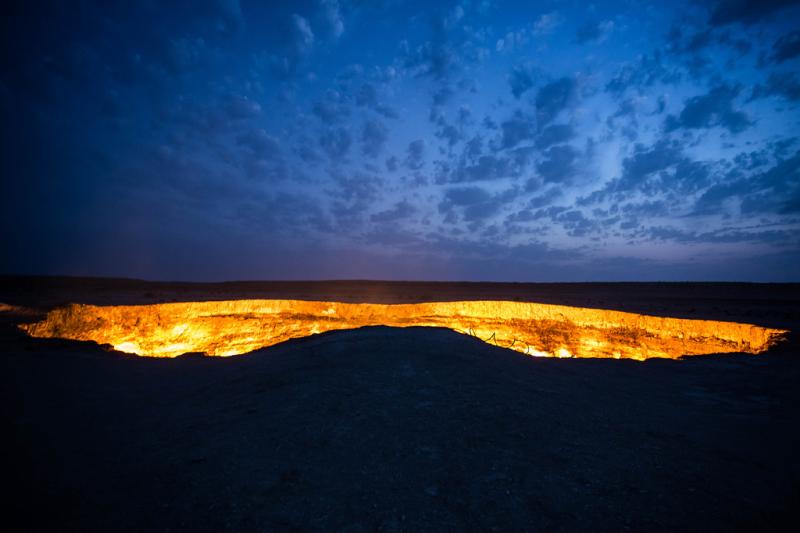
Darvaza Gas crater
Recent Articles
Turkmenistan reopens its borders
We are pleased to announce that the borders of Turkmenistan are open to tourists. The State Migration Authority of Turkmenistan has started accepting applications from us for invitations for our guests. The procedure for obtaining a visa remains practically the same, except for some innovations.

Samuel Maret
Office


